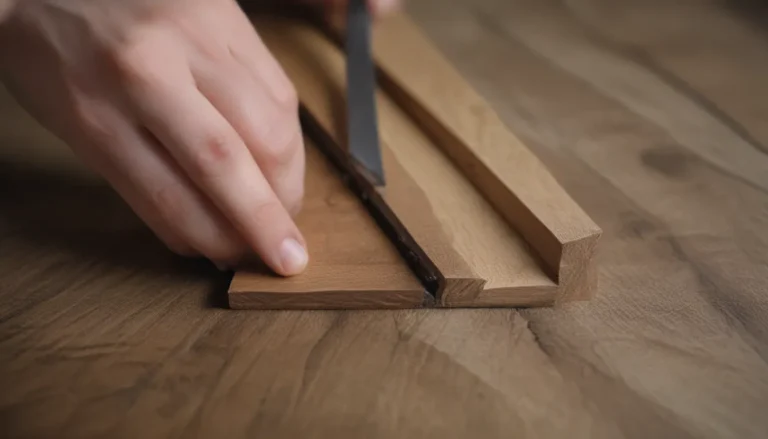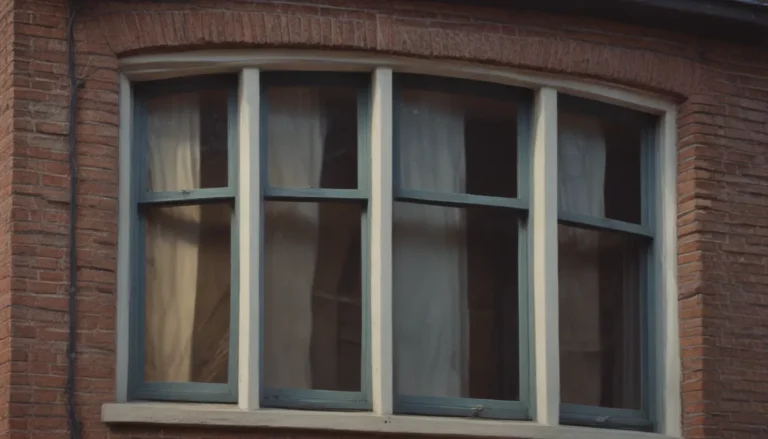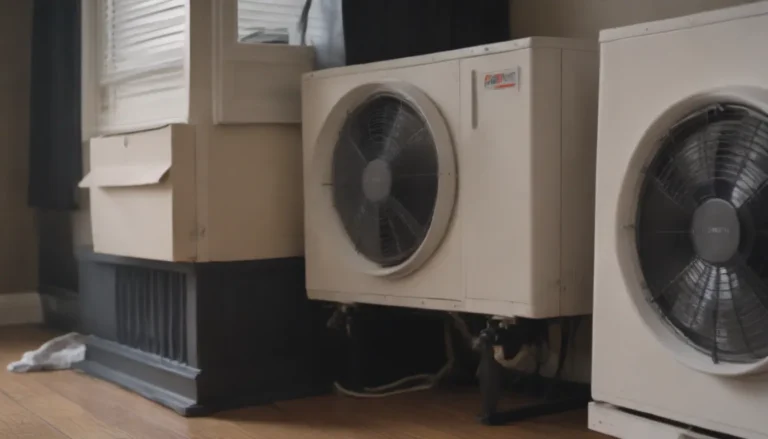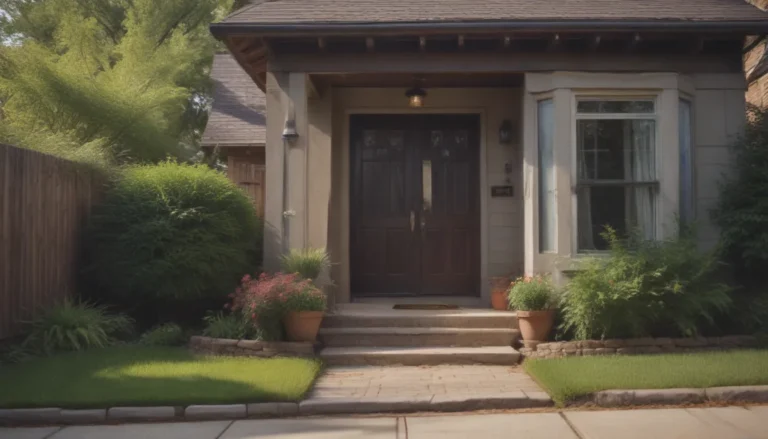A Comprehensive Guide: Installing Vinyl Flooring Over Existing Floors
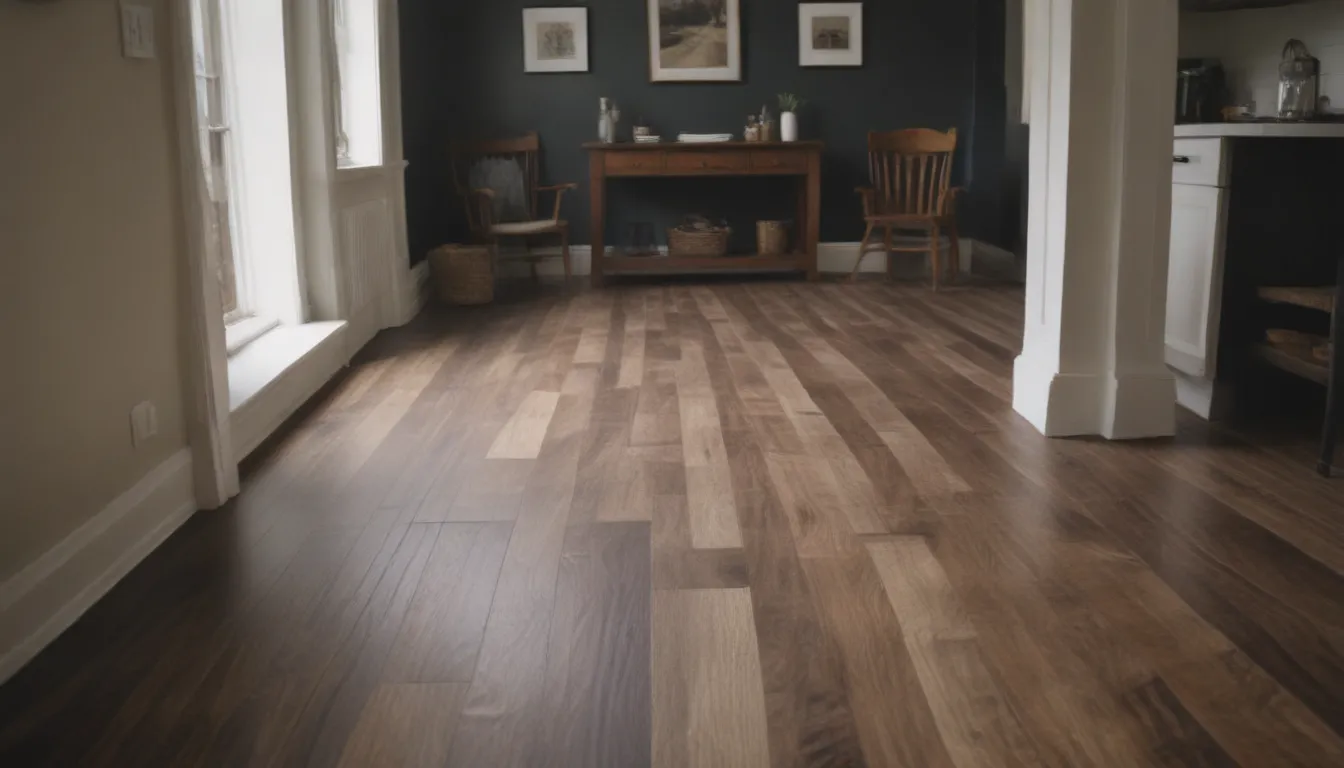
If you’re considering remodeling your kitchen or bathroom, vinyl flooring is a fantastic and budget-friendly option to consider. Vinyl flooring is known for its durability and resistance to moisture, making it a popular choice for many homeowners. But what if you already have a different type of flooring in place and you don’t want to go through the hassle of removing it? Can you put vinyl flooring over tile or other existing floor coverings? The short answer is yes, you can, but there are some important considerations to keep in mind.
Installing Vinyl Tile Over Existing Floors:
With the proper substrate, you can successfully install vinyl flooring over several different types of existing floors. Here are some popular options for installing vinyl flooring over existing floors:
- Wood Flooring: Solid hardwood or engineered wood flooring can serve as a base for vinyl flooring. However, if the wood is heavily gapped or prone to cupping or swelling, an intervening underlayment may be necessary.
- Laminate Flooring: Laminate flooring can also act as a substrate for vinyl flooring. It is important to address any high-moisture areas and ensure the surface is smooth and well-adhered before installing vinyl flooring.
- Tile Flooring: Vinyl flooring can be installed over ceramic and porcelain tile flooring, as long as the grout lines are thin. Cracked or missing tiles should be fixed, and wide seams may require an underlayment to prevent depressions in the vinyl flooring.
6 Criteria for Putting Vinyl Over Existing Floor Coverings:
When considering installing vinyl flooring over existing floors, there are several key criteria to keep in mind to ensure a successful installation:
-
Sturdy and Solid Subfloor: It is essential to ensure that the existing floor covering, subfloor, and any underlayment are sturdy enough for the installation of vinyl flooring. If there are any issues with the subfloor, they should be addressed before proceeding.
-
Seamless or Tightly Seamed Flooring: Large-format underlayment boards provide an installation surface with minimal seams, which is ideal for vinyl flooring. Solid hardwood floors with numerous seams or wide gaps may not be suitable substrates.
-
No Holes or Imperfections: Any high spots in the substrate should be sanded down, and low spots should be filled to create a smooth surface for the vinyl flooring. Imperfections can transfer to the vinyl surface over time.
-
Little or No Embossing: While some floor coverings have surface embossing for visual appeal, pronounced embossing can telegraph through to the surface of the vinyl flooring. Thin vinyl flooring is especially susceptible to this issue.
-
Dry Underneath: Ensuring that the substrate is dry is crucial to prevent mold and mildew growth between the vinyl flooring and the substrate. Newly poured concrete should fully cure and dry before vinyl flooring is installed on top.
-
Acceptable Height: When adding new flooring on top of existing flooring, it is important to consider the overall height. Vinyl flooring is a great option as it adds minimal height compared to other types of flooring.
By following these criteria and properly preparing the existing floor covering as a substrate, you can successfully install vinyl flooring over tile, wood, laminate, or other types of floors. It’s important to take the time to assess the condition of the existing floor and ensure that it meets the necessary requirements for a successful installation.
In conclusion, installing vinyl flooring over existing floors can be a practical and cost-effective solution for remodeling projects. With proper preparation and attention to detail, you can achieve a beautiful and long-lasting vinyl floor that transforms the look of your space. Whether you choose to install vinyl flooring over tile, wood, or laminate, following these guidelines will help you achieve great results.
